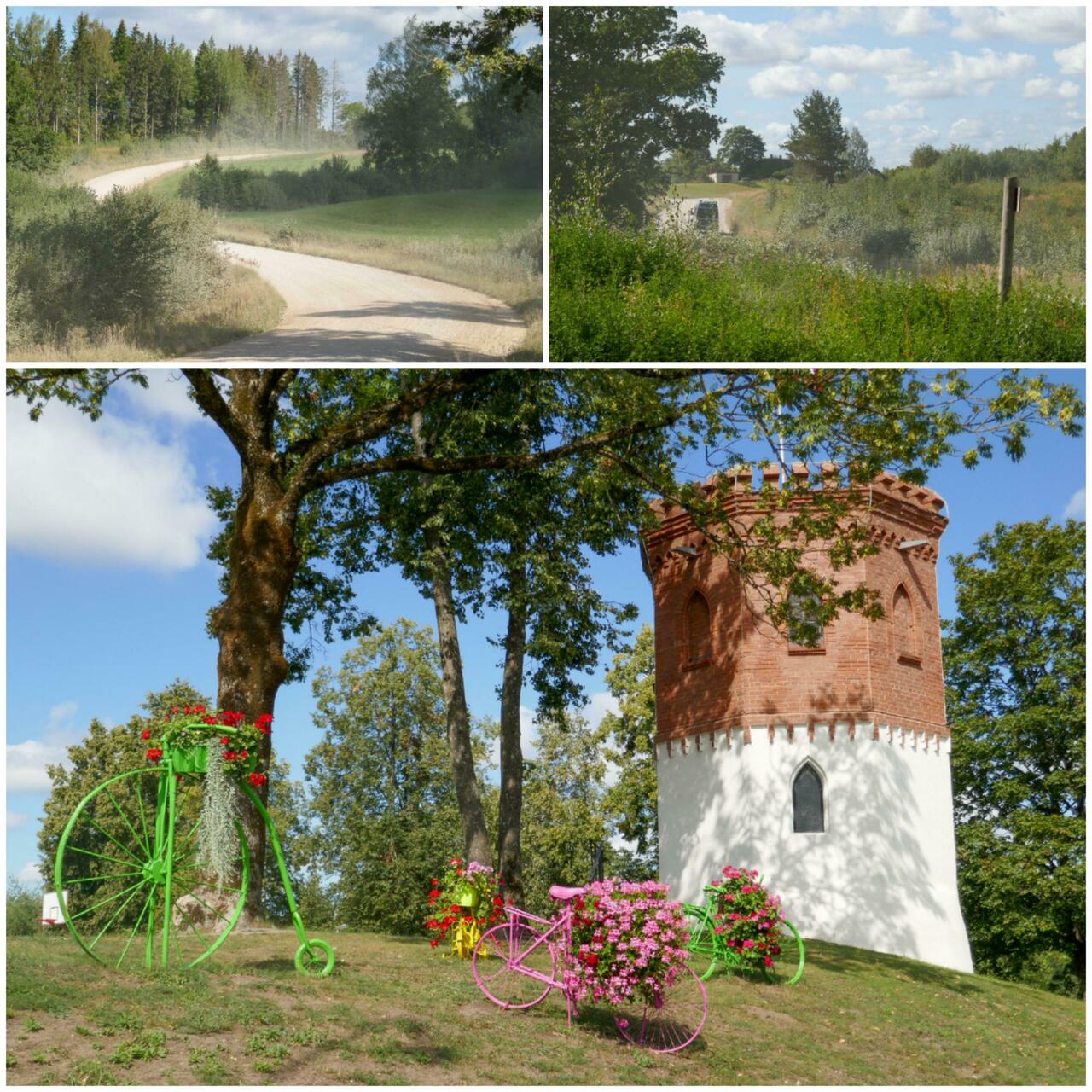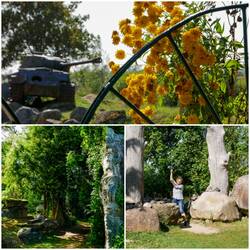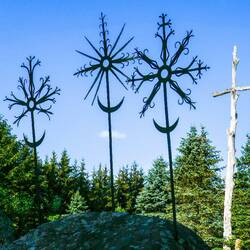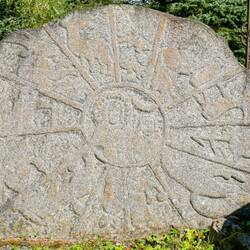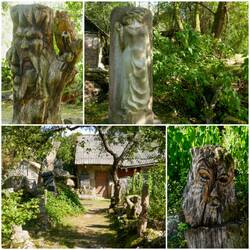- Show trip
- Add to bucket listRemove from bucket list
- Share
- Aug 24, 2019
- ⛅ 20 °C
- Altitude: 159 m
 LithuaniaTelsiaiPlungė District MunicipalityPlateliaiŠeirės Miškas56°2’58” N 21°49’56” E
LithuaniaTelsiaiPlungė District MunicipalityPlateliaiŠeirės Miškas56°2’58” N 21°49’56” E
Hazenpot - Plateliai
 August 24, 2019 in Lithuania ⋅ ⛅ 20 °C
August 24, 2019 in Lithuania ⋅ ⛅ 20 °C
Reisekilometer 13.278 km
Tageskilometer 119 km
Die Nacht war relativ ruhig, die Jugend hat nur 3 bis 4 mal in der Nacht, jeweils 10 bis 30 Minuten, mit Musik den Parkplatz, auf dem sonst nur wir standen, beschallt.
Tina hat Ohrenstöpsel und Dirk stört Musik nicht.
Morgens haben wir gebadet, danach sind wir über reichlich Staubstraßen und den Grenzübergang gefahren und haben litauisch eingekauft.
Es gibt wieder Pfand und Geschwindigskeitshuckel. Beides gab es in Lettland nicht. Die Menschen scheinen besser gekleidet und auch die Häuser sehen auf den ersten Blick "etwas" besser in Schuss aus.
Nachmittags bei 27,5°C (endlich richtig warm) besichtigen wir den mystischen Garten des Vilius Orvydas.
Ein rostiger Sowjet-Panzer steht auf dem Parkplatz. Das Rohr ist drohend auf den Eingang gerichtet - er ist ein Symbol dafür, wie die Sowjets zu diesem Ort standen. Der Garten entstand in den 1960 er Jahren, als der russische Präsident Chruschtschow anordnete, alle Grabsteine von Friedhöfen zu entfernen. Man brachte sie in den Garten des Steinmetzes Kazys Orvydas (1905-1989), der viele davon selbst angefertigt hatte.
Die sowjetischen Behörden versuchten mehrfach, den Garten zu zerstören. Wie der Berg der Kreuze wuchs er jedoch immer weiter und wurde als Ort des Widerstands über die Grenzen der Region hinaus bekannt.
Vilius Orvydas (1952-1992), der Sohn des Bildhauers und ebenfalls Steinmetz von Beruf, gab dem Garten sein heutiges Gesicht. Er arrangierte ihn neu und schuf ein märchenhaftes Labyrinth aus alten Grabsteinen, Steinskulpturen, Findlingen und zu Kunstwerken geschichteten morschen Holzstämmen. Die Skulpturen sind nicht alle christlich geprägt. Der Garten ist kein kirchliches Heiligtum, sondern ein verwinkeltes Kunstwerk, halb von Menschen geschaffen und halb von der Natur.
Uns hat der Garten sehr gefallen.
Danach sind wir zu einem Picknickplatz mit Badestelle am Plateliai-See gefahren. Großer Treffpunkt auch vieler Einheimischer und es ist Samstag,na, mal schauen wie das wird.Read more


